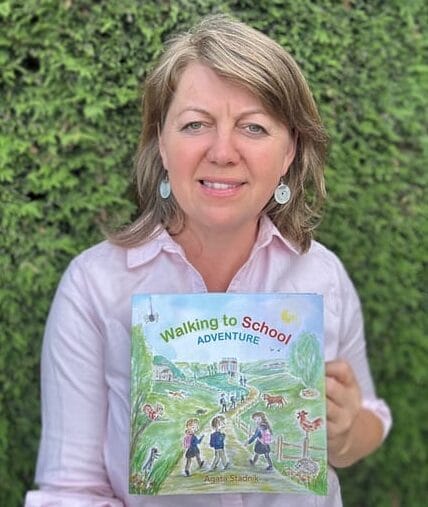Stories
Our students, faculty, and alumni are out in the world doing great things every day.
Fearless Creativity: MassArt Alumna Shares Lessons on Blending Design, Teaching, and Storytelling
Agata Stadnik, BFA' 04, MFA '09, recently wrote and illustrated her first children’s book, Walking to School Adventure.
View story
Exhibition Strategies: MassArt Graduate Gallery Thinks Beyond Campus
MassArt’s new SoWa gallery brings graduate art beyond campus, connecting students with Boston’s art scene through public exhibitions and curatorial projects.
View story
With galleries dwindling, artists turn to alt spaces — be they trailers, or dining rooms, or gussied up sheds
Boston Globe feature showcases Burlington Micro Gallery, run by MassArt alumna Catherine LeComte Lecce, MFA '23 Photography.
View story
Filmmaker and MassArt Alum, Homa Sarabi, maps her place in the world
MassArt Alum Homa Sarabi, MFA '17 Film/Video, is using her art to create maps of connection to her homeland.
View story
Episode #143 Humor as Healing: The Transformational Power of Play with Barbara Ann Michaels
View storyAdrian Negenborn
View storyRebecca Parker
View storyJoanna Sokolowska
View storyCris Schayer
View storyFelicia Deneane
View story
Information for









